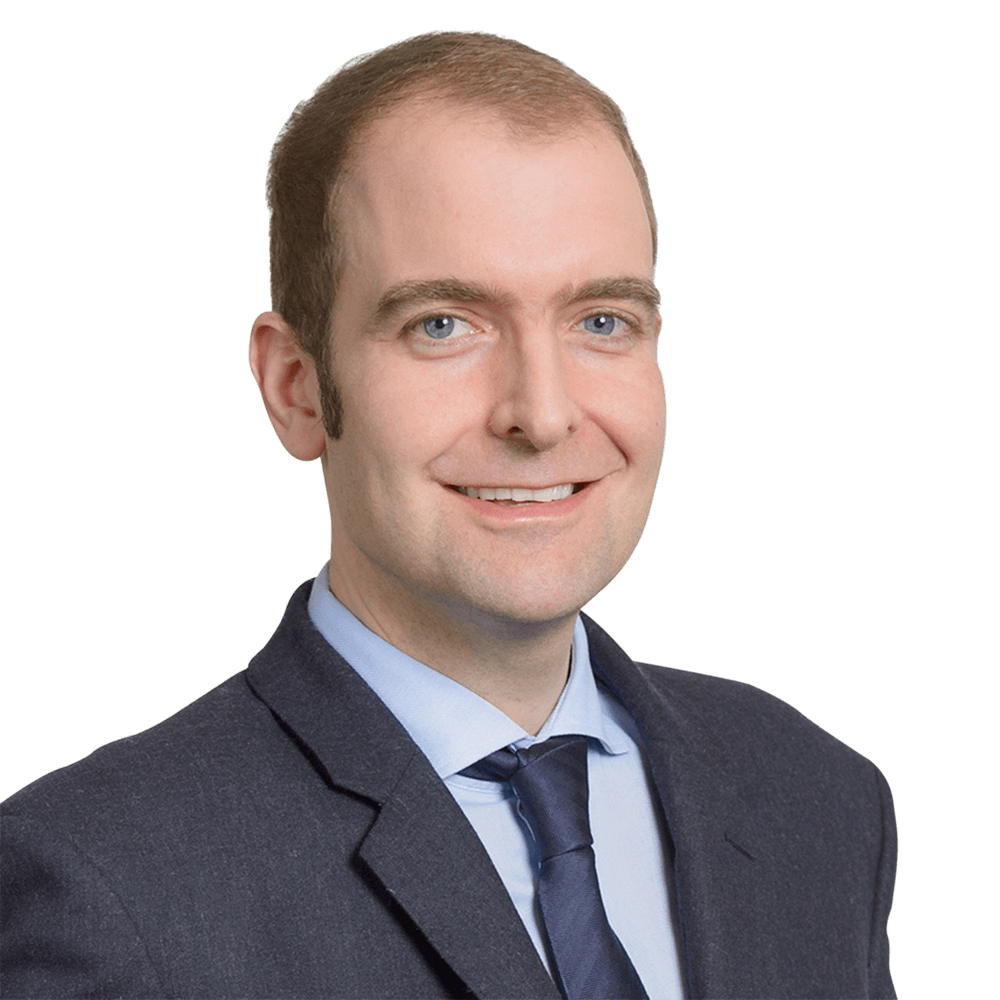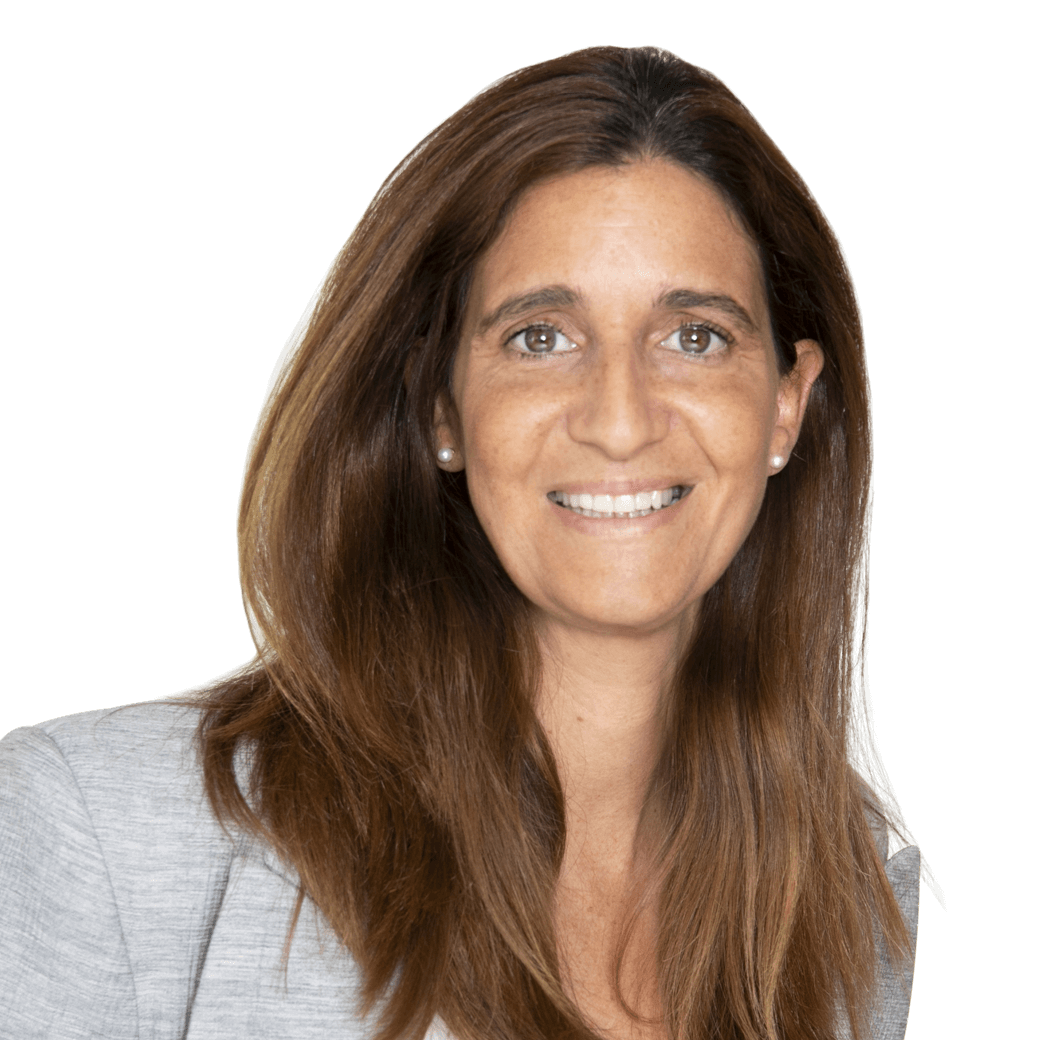Madrid's 'love game': the Open de Arbitraje
Published on 10th June 2016
As across Europe the football season (depending on your affiliation) peters out or reaches its climax, thoughts turn to other pursuits. For some there will be the siren call of bat on ball. For others, the clay court will give way to grass and the tennis season will exercise its grip on followers worldwide.
The Open de Arbitraje (hosted by the Asociación Europea de Arbitraje) held on 11 May 2016 in Madrid was the first tennis-themed arbitration conference that most participants would have attended. However, given the success of this event, it may be the way of the future.
Open format
The format of the Open was refreshing. For a start, the speakers were not positioned respectfully behind a conference desk, but rather were sat on stage, as if they were about to take part in a TV chat show. This style (common in Spanish conferences) worked well and gave immediacy to proceedings. For the most part, there were no notes, no papers and (with one honourable and effective exception) no PowerPoint presentations.
A further appropriate touch was that the Open was conducted almost entirely in Spanish. However, the organisers sensibly did not deny themselves (or their audience) speakers by having a strict rule. Freshfields’ Elie Kleiman was the first to speak in English (his second language) at 5pm. He challenged his audience with his refreshingly open comments about (amongst other things) TTIP in the ‘Grand Slam’ panel entitled ‘Where is International Arbitration Headed?’. That panel, engagingly chaired by Elena Sevila Sánchez also featured Thomas Clay, Eduardo Silva Romero, Xavier Favre Bulle and Irene Gee. It was just one of a number of strong panels, many of which combined established practitioners with those coming up through the ranks in Spain and beyond.
The in-house perspective
The day had begun well with in-house lawyers from Gas Natural, Sacyr and Ferroatlántica giving their views on ‘when how and with whom they go’ to international arbitration. A common complaint about international arbitration conferences is that the in-house voice goes unheard. In ensuring that this would not be so in the Open, the organisers (the Asociación Europea de Arbitraje) had served up something of an ace.
Issues of the day
There were then panels which were styled as ‘singles matches’. Arguments fizzed over the net (there was at various points such a stage prop) about key issues in international arbitration. Common law and civil law teams traded shots over differing approaches to international arbitration. A favourite old topic, but well-handled with a generous helping of spin.
There were some excellent performances in the ‘US Open’ session, which covered precautionary measures and appointment of arbitrators, amongst other topics. Elena Gutiérrez García de Cortázar gave a typically energetic yet measured performance, covering a lot of ground on the topic of emergency arbitrators. Her long association with the Corte de Arbitraje in Madrid means that she is one of Spain’s best-known arbitration ambassadors. She was joined on stage by a number of other key exporters of Spanish arbitral services. Sitting to her right was Carlos González-Bueno, the editor of The Spanish Arbitration Act (A Commentary), which is now available in English and likely to be a go-to text for those with Spanish-seated international arbitrations. To her left was Osborne Clarke’s Rafael Montejo who, when not making apposite comments on stage about arbitral matters, leads our international arbitration practice in Spain.
A further feature of the day was the innovative use of technology. Attendees were given small handsets on entry, which allowed the audience to vote on questions throughout the day. The organisers stopped short of allowing the audience to vote off panel members (a facility that was not required here, but could be borne in mind elsewhere). However, it did allow a decision to be made about who had won the argument. The audience as umpire: another nice touch.
Looking to the future
The day’s champagne moment, however, was probably Javier ĺscar’s ‘Serve and Volley’ session, where he looked to the future of international arbitration by having a conversation with an on-screen version of himself some decades hence. Amusing and clever in equal measure, this worked beautifully. The organisers deserve praise for thinking not just of themselves and the speakers but (and this is all too often not the case) their audience too.
This interlude and the later session, where panellists were given only 60 seconds to answer a question (with time running down on the overhead screen), ensured that no monotony set in as the day progressed. Some may have baulked at the day’s length – play ended at about 8pm – but clever scheduling kept most of the crowd on court until the close.
Madrid played a fine ‘love game’ at the Open. The tour moves on to the eleventh annual conference of the CEA (Club Español de Arbitraje) in June and participants will doubtless be hoping to be on best form to compete with this event.
*Osborne Clarke was one of the sponsors of the Madrid Open de Arbitraje this year.




